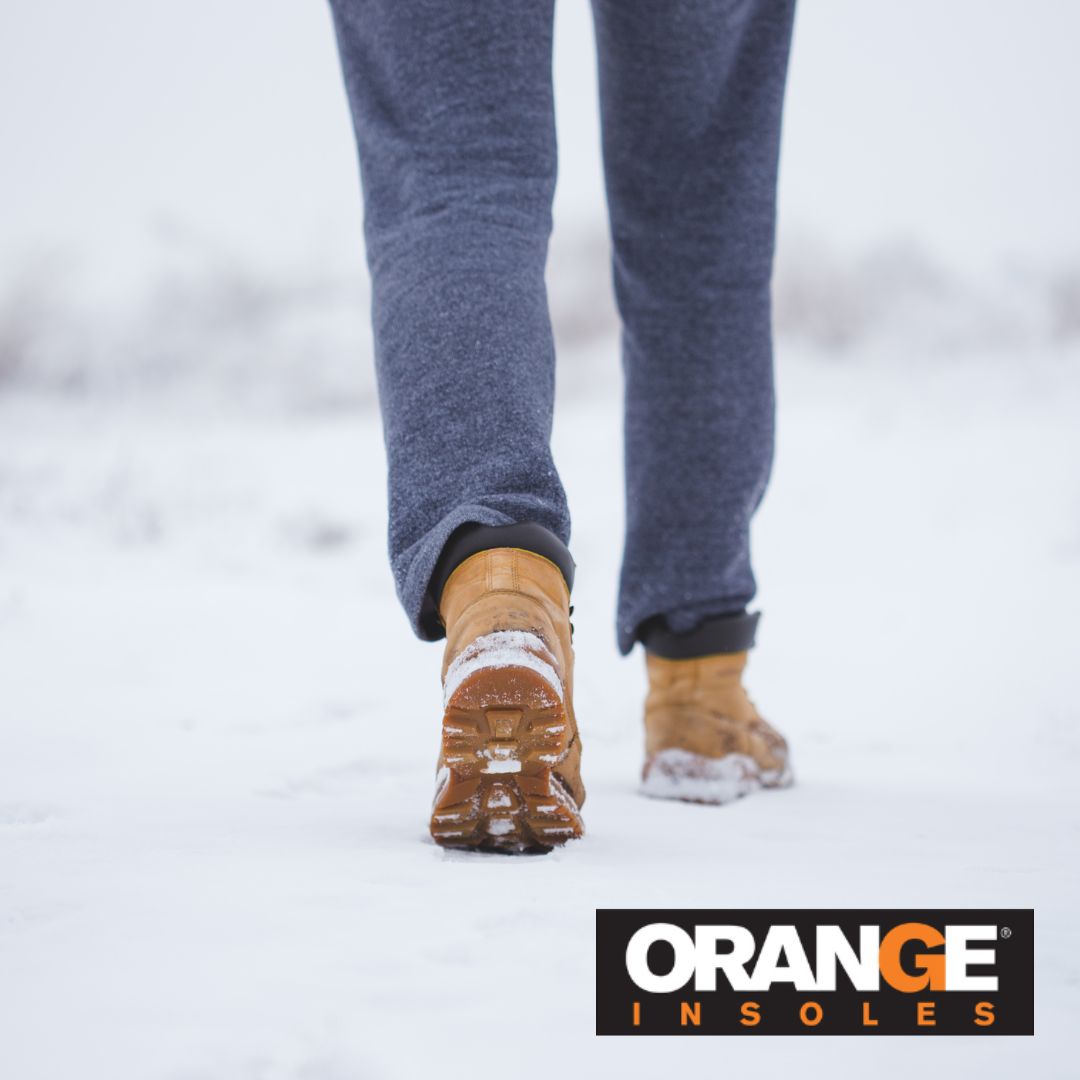If you’re dreaming of a white winter and months of snowy hikes, sledding sessions, or walks through winter wonderlands, you’re going to want to make sure your feet are ready to weather the cold, snow, and wet of winter!
Before you head out into the snowy depths, use the tips below to make sure your feet are winter-ready!
Wear Boots That Fit
A proper fitting boot is key to enjoying all that winter has to offer. Boots that are too tight can restrict blood flow and, when blood flow is restricted, your feet are more likely to become cold because less warm blood is reaching the area. This increases the likelihood of frostbite in extreme cold situations. Restricted blood flow can also cause numbness which can make it hard to tell when your feet are feeling cold and uncomfortable.
But boots that are too loose can let in the cold air and may not provide adequate insulation when you’re out and about enjoying your favorite winter activities.
To ensure proper fit, your boots should:
- Have enough room to accommodate thicker socks but not so large your foot slides around (make sure to try them on with a good pair of warm socks!)
- You should have about a half-inch to a full inch of space between your longest toe (usually the big toe) and the front of the boot.This will prevent issues like numbness and discomfort.
- Boots should be snug but not over tight
- Be snug around the heel, preventing sliding and lifting when you walk
Keep Them Dry
When your feet get wet, they get cold and when they get cold you’re at risk of frostbite and numbness. Wet feet can also lead to cracked and irritated skin. To keep your feet dry, make sure to:
- Wear waterproof boots or shoes outside
- Wear moisture wicking socks to soak up sweat in warm shoes
- Spray your footwear with a waterproofing spray if they aren’t already waterproof or if you’ve had them multiple seasons
- Try a waterproof shoe covering if you’d rather wear your favorite shoes than boots when moving between locations
Always Wear an Insole
Not all winter boots have the right support and if you have high or low arches or deal with oversupination, you’re going to need to add some backup support before you head out for a winter hike or sledding session. If you know your gait tends to be off and insoles help, try to buy a winter boot with a removable liner so you can add an insole. Or, if the midsole of your boot has started to wear down but the outside of the boot is holding strong, an insole can help get a few more years of great support before you have to buy new.
An insole with great medial arch support, a metatarsal pad by the forefoot, and a cup to support the heel will also encourage proper weight distribution and alignment to help reduce fatigue and soreness– good things Orange Insoles has all those things!
Bonus Tip: Moisturize! Skin can get dry in the winter, and dry skin on the feet is more prone to crack due to constant friction. Add a foot moisturizer to your nightly routine and maybe add a little extra if you’re heading out for a day of winter fun.
Don’t let sore feet or inadequate preparation prevent you from enjoying the joys of winter. Follow these tips so you can feel better and do more all winter.

























































